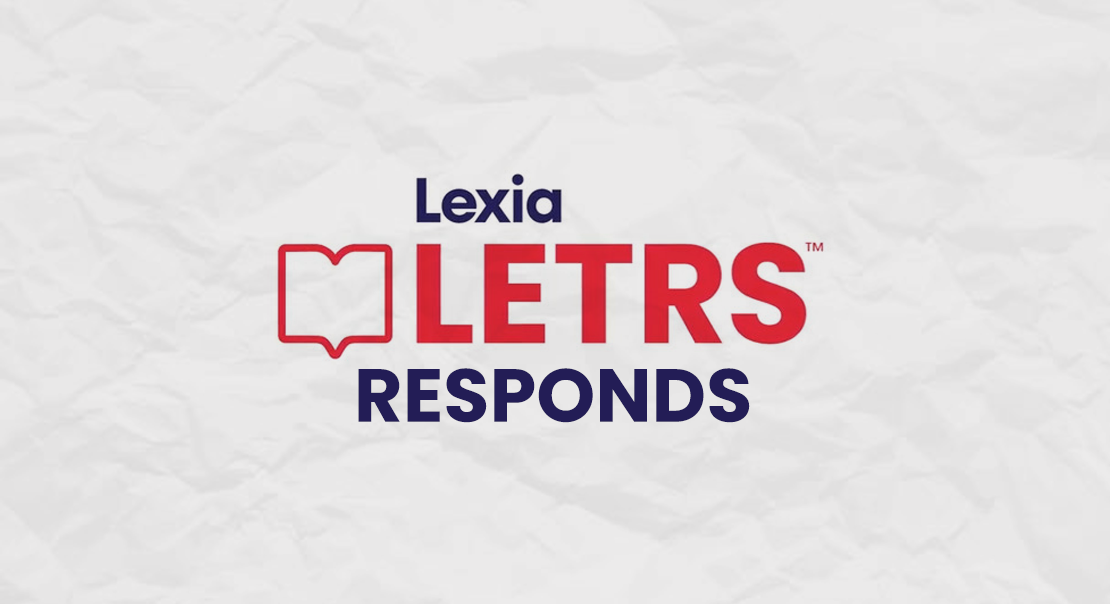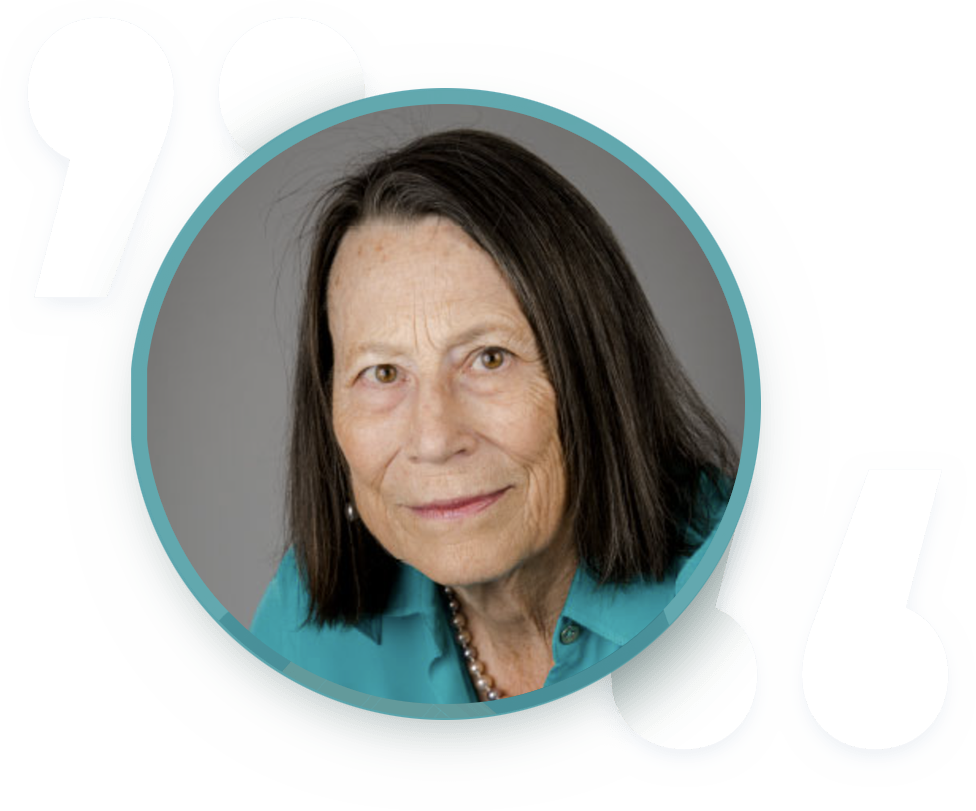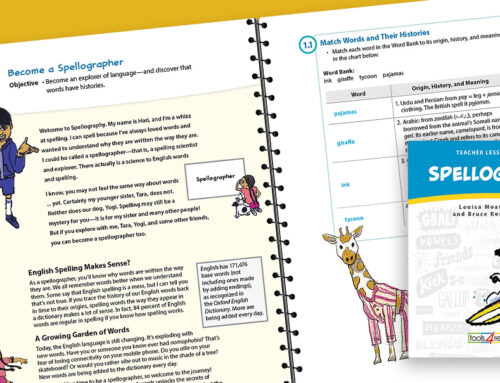
LETRS Responds to Seidenberg’s December 2023 Talk
Dr. Seidenberg’s recent talk, posted on his Reading Matters website, included several allusions to LETRS that make erroneous assumptions about what we teach, why, to whom, and for what purpose. We must respond because Dr. Seidenberg is an influential scientist and enjoys a wide audience.
For more than 20 years, LETRS has addressed the gap between reading science, teacher knowledge, and educational practice through in-depth professional learning. The author team has direct experience of many years with school-based research funded by the NICHD, clinical practice, and implementation of instruction from pre-kindergarten to high school. There is a science of teacher knowledge, teacher learning, and student learning that informs our work, in addition to the “harder” science that enables us to understand reading processes.
As we regularly observe, the gap between expert reading instruction and actual practice can be wide. In addition to knowledge of language, reading, and writing, teachers need time, coaching, consistent leadership, valid assessments, appropriate programs and instruction tools, and ongoing supports to skillfully and explicitly teach spoken and written language. Expertise is not acquired overnight and there are many ways to misapply important ideas and teaching principles. Nevertheless, the concepts themselves remain valid and, if understood and practiced, lead to much better results with children.
LETRS teaches that multiple components of reading should be taught during each literacy block. The standard lesson framework progresses from specific skill instruction to application in text reading and writing. For example, in one lesson the phoneme /ch/, as represented by ‘ch’ and ‘tch’ is introduced and contrasted with confusable sounds. The sound-symbol association is then practiced through reading and spelling single words with /ch/, immediately followed by students reading, writing, and discussing the meanings of words, sentences and text with ‘ch’ and ‘tch’ patterns. We do not know of any educators who advocate teaching phonics concepts solely in isolation as Dr. Seidenberg suggests.
Nor, as Dr. Seidenberg claims, do we promote the ideas that phoneme awareness should be taught in the dark, or that students should learn 44 phonemes before they learn how print represents them. Pointing out that speech sounds can be processed without seeing print is simply a way to help teachers realize that speech sounds are independent of the letters invented to spell them.
LETRS does teach teachers to recognize and produce the articulatory features of the 44 English phonemes. Although the 44 phonemes in English are already part of our speech code, teachers (as skilled readers) often are not aware of the articulatory features they can use to help students who confuse similar sounds. Explicit instruction in these speech sounds helps teachers pronounce isolated sounds correctly, which supports clearer modeling for students and smoother blending of sounds during decoding. Learning the phonemes also equips teachers to recognize and respond to students’ spelling errors. For example, different misspellings of the word ‘went’ as ‘wet,’ ‘yt’ or ‘win’ demand different error correction responses informed by knowledge of phoneme features and spelling development. These are just some of the ways that teaching the phoneme array to educators leads to more effective reading and spelling instruction.
LETRS teaches that the alphabetic principle is a key insight that supports learning to read. However, simply understanding that sounds can be spelled with letters (and the converse) is not sufficient to promote accurate word reading or self-teaching (Li & Wang, 2023). To become proficient, readers and spellers must also be able to apply knowledge of specific correspondences, recurring letter sequences, syllable patterns, and morphemes as they progress toward fluent, accurate reading and spelling. In doing so, they establish a store of high-quality word representations that eventually support effortless word recognition and recall. Yes, students vary in their need for explicit teaching of these linguistic structures, but the teacher must be prepared to teach all of it as necessary. The phoneme array is only one aspect of linguistic knowledge that helps educators develop a clear reference/context for teaching the relationship between speech and the English writing system.
LETRS is an intensive professional learning experience that helps teachers grow their knowledge of the reading and language concepts that decades of research indicate are foundational to teaching reading and writing. LETRS content supports the effective implementation of structured literacy programs and expands the toolbox available to support students who struggle learning to read.
Making the shift to explicitly teach reading and spelling is a complex process. Teachers are working very hard to move away from damaging practices like 3-cueing and to develop a core knowledge of reading processes that was not taught in their teacher preparation programs. This is a time when educators need encouragement from the SoR community to persist in adopting practices that will result in better reading for all children.
Louisa Moats, Ed.D., Co-author of LETRS
Carol Tolman, Ed.D., Co-author of LETRS
Lucy Hart-Paulson, Ph.D., CCC-SLP, Author of LETRS for Early Childhood
Melody Ilk, M.A., Co-author of LETRS for Adminstrators
Anne Whitney, Ed.D., CCC-SLP, Co-author of LETRS for Administrators
References
Li, Y & Wang, M. (2023). A systematic review of orthographic learning via self-teaching. Ed Psych, 58(1), 35-56.
Moats, L.C. (Spring, 2023). Creating confident readers: How LETRS Supports Teachers – And Their Students. American Educator, 47(1), 4-11. (Includes interview by Dr. Carol Tolman: Lightbulb moments: Vado elementary school shines with LETRS professional development, pp. 12-15).







